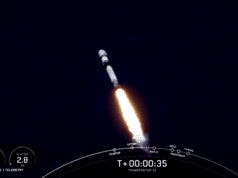Finland: To help AEC professionals optimize data and save time when preparing architectural models for better building information modeling (BIM) visualization in Unity, Finland-based Tridify, founded in 2012, launched the Tridify BIM Tools, a Unity plugin.
With the help of Tridify’s tool, AEC professionals can convert architectural models to Unity with all BIM data intact and also get automated lighting, material and colliders.
“Instead of spending days – or weeks on large-scale projects – cleaning and fixing your model, or even rebuilding it from scratch, just a few hours spent preparing your model will ensure highly usable files for 3D visualization”, Caitlin W from Unity.
By using IFC (Industry Foundation Classes) files, which can be exported from any major CAD software, users can combine data from different sources: “architectural models from ArchiCAD; heating, ventilation and air conditioning (HVAC) models from MagiCAD; and furniture models from BIMobject”.
The tool is available in the Unity Asset Store for free, but only for Non-Commercial use and with a 30 MB IFC file capacity. For commercial use, the company offers various subscription plans with different file capacities.
On another note, Unity is also betting on Augmented Reality (AR) for mobile devices. During a GDC Keynote in March 2019, the company introduced Unity 2019.1 which includes built-in support for Magic Leap, and AR Foundation, a new framework for AR creators to develop applications for the ARCore and ARKit devices.
One of the main features of this new framework is AR Remote, which allows creators to connect an AR-enabled mobile device to Unity, place content into the world with a single mouse-click, and build, iterate and develop “without having to compile out to the device every single time”.
At the end of the AR Foundation presentation, the Unity team showed “over 7,000 unique entities all rendering in AR at a solid 60 frames per second”.
Imagine converting large-scale models to Unity, and then using AR Foundation to show them off in a mobile AR-enabled device with no performance issues, or using Magic Leap’s AR headset to visualize it.




